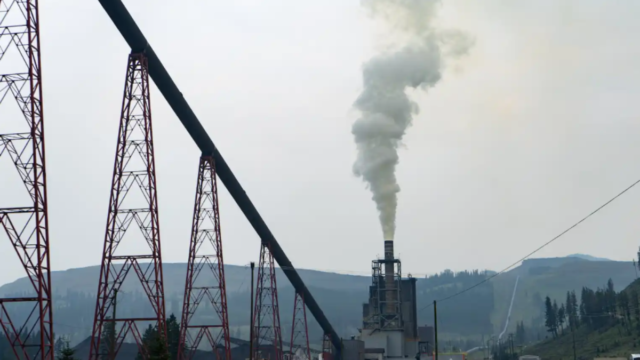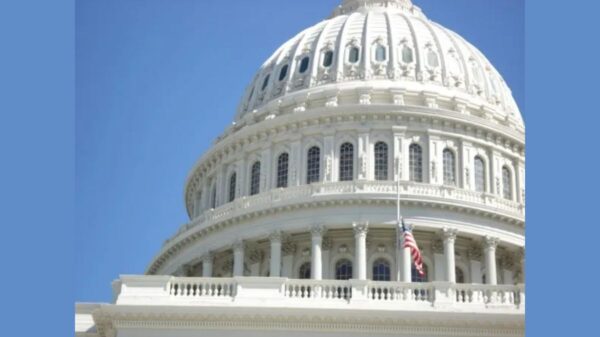
By Ben Jealous
Tatum is an East Texas town of about 1,300 people, closer to Shreveport than Dallas. It’s on the north shore of Martin Lake. Across the water sits a coal-fired power plant named after the lake that happens to be the single largest sulfur dioxide polluter in the United States.
Paulette Goree, who has lived in the area her entire life, gets a daily reminder of the Martin Lake Power Plant. “I use a personal air monitor every day to figure out if I should spend much time outdoors.”
She thinks the air pollution contributed to the deaths of family members and the respiratory problems she and her husband have. A Sierra Club report estimated that, in the two counties surrounding Tatum, coal plant pollution contributes to two premature deaths every year. That’s a fraction of the 154 people who die annually in part due to what’s spewed out of Martin Lake’s smokestacks, according to Clean Air Task Force.
It’s why Paulette and other volunteers across the United States are fighting for the federal government to enforce clean air standards already on the books and to strengthen those requirements to reflect what technology can do now to make the air breathable again.
“It just isn’t right, and the EPA needs to do better,” she said. “It’s too late for me and my generation, but we need to improve the air for our younger generations.”
It’s a fight I’ve been part of for more than a decade, one that led me to launch the Climate Justice Program at the NAACP. It’s still true that these coal-powered killers and other industrial polluters more often than not sit in communities of color and where residents have the least economic power. Thankfully, we’ve been able to get hundreds of those power plants retired.
The unmistakable injustice is that nearly two-thirds of the remaining coal-fired power plants in this country could and would have to address their deadly pollution if we were enforcing and strengthening the Clean Air Act, as the Sierra Club’s report showed.
Effective pollution-control technology exists. But instead of taking on the expense of controlling their damage, plants are forcing Americans to bear higher health care costs from coal pollution. We should no longer subsidize coal generation, and the electric bills of some Americans, with the lungs of Americans who live in Tatum or Cheshire, Ohio, or New Madrid, Missouri — anywhere the remaining 158 coal plants operate.
And we don’t have to. The cost of coal power generation is rising while the cost of electricity from renewable solar and wind farms is falling steadily. Only one coal plant nationally operates for less than a clean energy alternative that could replace it. It’s one reason why the historic clean economy funding that President Biden and Congress approved in 2021 and 2022 is vital. We have the money to put an end to coal power once and for all.
There are 154 people who live downwind of Martin Lake who can’t afford a delay of another year. And 154 the year after that. For them, it’s a matter of life and death. We have proven ways to make the air cleaner and we have a law that demands that. We need to act now.
Ben Jealous is executive director of the Sierra Club, America’s largest and most influential grassroots environmental organization.









You must be logged in to post a comment Login